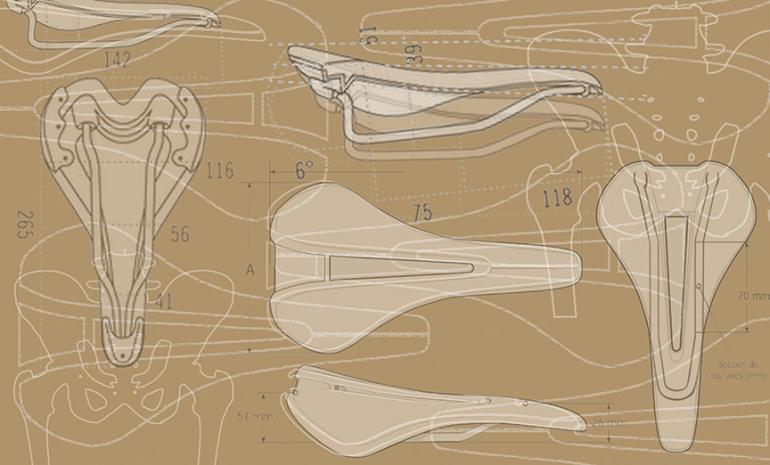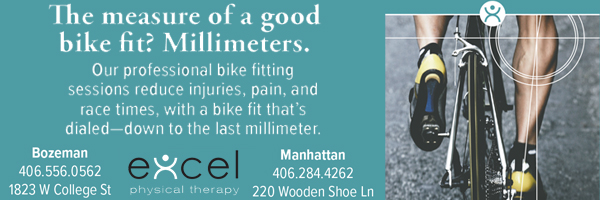Back in the Saddle
Comfort tips for your bike seat.
Many a cyclist has experienced uncomfortable or troubling groin, buttock, or back symptoms when pedaling for hours on his favorite road or mountain bike. The complaints often limit time on a bike or make cycling impossible, and can include pain, numbness, and even abrasions. Wearing appropriate clothing, buying a new saddle, or adjusting your current saddle are all possible solutions to bike-seat woes.
Let’s face it: our anatomy was not exactly designed for sitting on a rigid bike for long periods of time. As I often tell my patients, the human body is exquisitely made for walking upright, an activity in which we can generally out-perform any other animal on the planet. When it comes to sitting, optimizing our position and comfort becomes very important.
The easiest way to improve saddle comfort is to buy cycling shorts with a good chamois, which directly contacts your skin and pads the boney portions of your pelvis that interface with the bike seat. The best chamois is 3D (different thicknesses of foam throughout) and has a gender-specific design.
Choosing a specific saddle is the most personal and individual part of obtaining a good bike fit. The reason for varying comfort lies in the differences in pelvic-bone anatomy and the relative flexibility of the lower back. These anatomical and physiological variations will determine where a specific bike seat will contact the pelvis of a rider.
There is a huge variety of saddle shapes and widths. The trick is to find a saddle that fits your personal anatomy and physiology. My experience is that most people will be reasonably comfortable on a low-profile, higher-end bike seat. But, a considerable percentage of riders struggle to find a saddle that is of acceptable comfort. A good solution is to locate a bike shop that will let you try out a number of different saddle brands, styles, and sizes. If appropriately positioned, the seat should be immediately comfortable.
Some brands do a much better job of designing a saddle that works for those riders that just don’t feel comfortable on most seats. Selle SMP is a high-quality Italian saddle, with a design that looks a little odd, but does a great job at matching the human anatomy and has a huge number of models to choose from. I find the SMP Dynamic to be the most suitable for most cyclists.
Another important consideration lies in the orientation of the saddle. A bike seat can be adjusted to slide forward or backward and can be tilted nose up, nose down, or level. The fore/aft position of the saddle usually has much to do with the overall bike design and how a specific rider fits on that machine. Almost all saddles should be nose-down slightly or, at the very least, level. A quick and easy way to check saddle tilt requires a long carpenter’s level, a short digital level, and a clipboard. Put the bike on a trainer and use the long level, placed on the center axle of both wheels, to check the level positon of the bike. Stack up magazines under the front wheel until true level is achieved. Now use the clipboard to cover the entire seat and place the digital level on top. Adjust your seat nose one to two degrees below level.
Simple adjustments and accommodations can often fix saddle troubles. When problems persist, visit a qualified bike-fitting professional.
David Coletta is co-owner of Excel Physical Therapy in Bozeman and Manhattan, BikeFit Pro Level 2 certified, and a competitive road-bike racer.
Excel is hosting a bike-fitting class on March 28th, 2024. Reserve a spot here.













